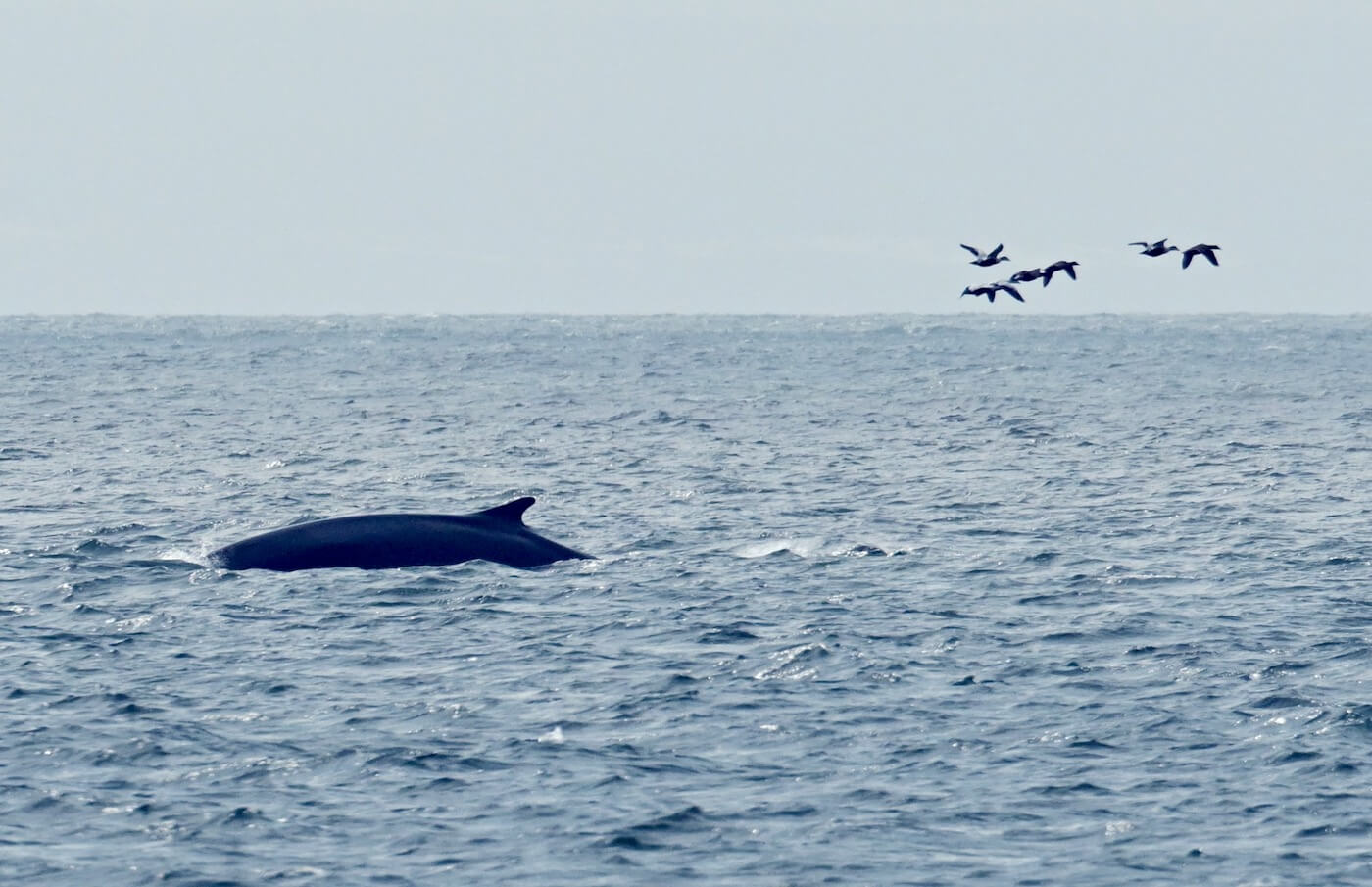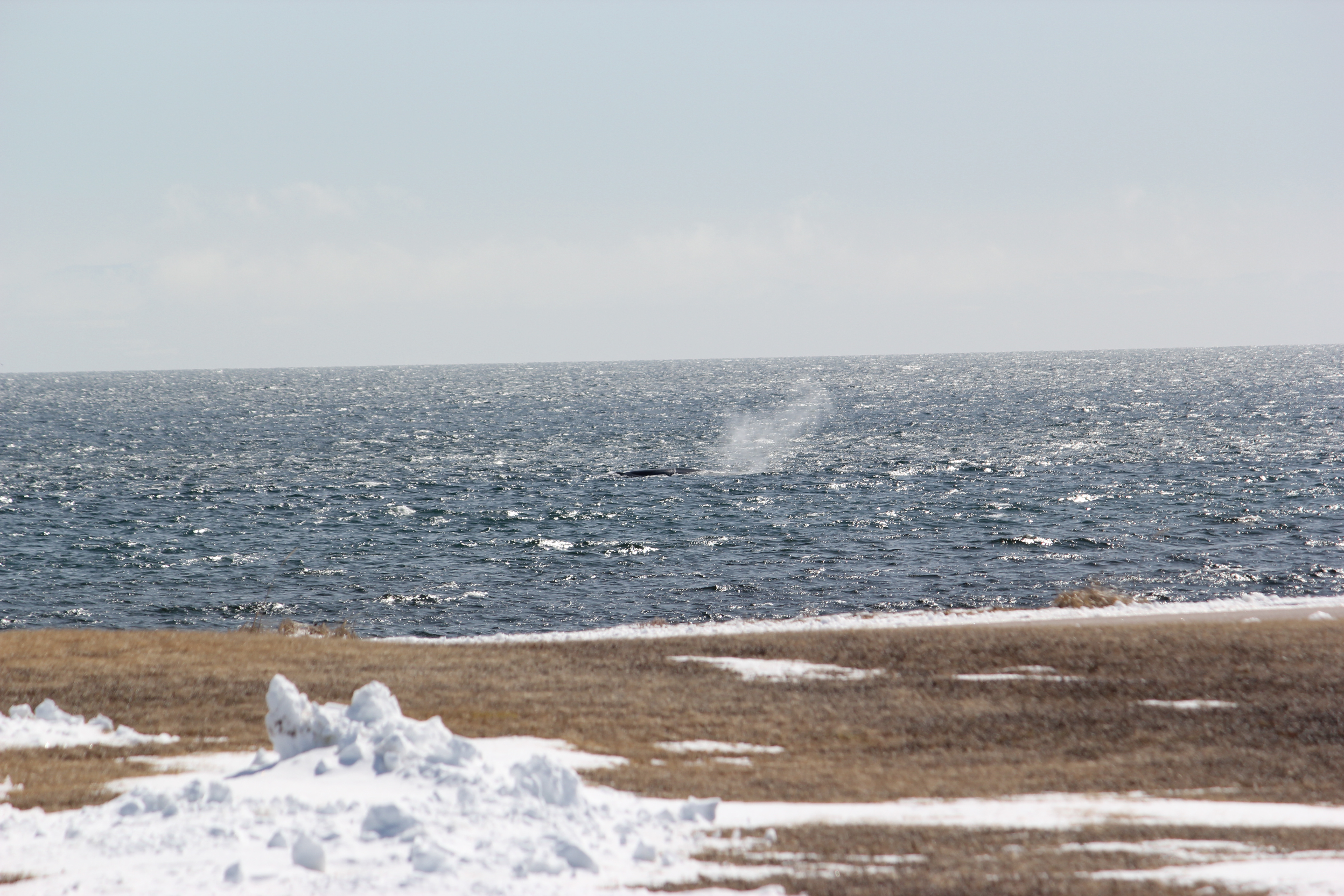L’Anse-Saint-Jean, Saguenay Fjord, with the wind chill it feels like -28°C…
This temperature won’t prevent ice fishing enthusiasts from kicking off the season! The latter will begin on the Saguenay Fjord in two days, January 16, and will end on March 6. Prerequisite for this activity: the ice on the water has to be thick enough to be able to drive on it, set up a shelter and drill a hole. Since 1995, Fisheries and Oceans Canada has monitored this type of recreational fishing. Under the DFO’s responsibility, monitoring is conducted in the Saguenay–St. Lawrence Marine Park by Parks Canada staff, Parcs Québec, Promotion Saguenay and the Quebec Department of Forests, Wildlife and Parks, in collaboration with fishermen, in an effort to manage marine resources (cod, redfish and Greenland halibut) caught up to 150 m deep using a tip-up. This custom, which can be traced back to the First Nations, is practised in several municipalities, including L’Anse-Saint-Jean, Sainte-Rose-du-Nord, Saint-Fulgence, Rivière-Éternité, La Baie… The multicoloured shelters used by fishermen to escape the cold will pop up all across these municipalities in the next few weeks. Last year, more than 1,400 shelters were tallied on the Fjord!
At the mouth of the Saguenay, other mammals brave the cold, with beluga whales sighted on January 13. How do they survive in this frigid weather? First of all, unlike the outside temperature, the temperature of the St. Lawrence remains constant throughout the seasons. In the St. Lawrence, regardless of whether it’s winter or summer, the water temperature is around 4°C. However, maintaining one’s heat is a constant challenge, as water conducts heat 25 times faster than air.
Whales have a thick coat of blubber. The blubber in belugas varies from 2.5 to 9.5 cm thick. In parts of the body not protected by blubber such as the fins, whales have a system in which heat from the blood in the arteries, which starts in the internal organs and heads toward the extremities, is recovered by the blood in the veins, which leaves from the extremities and flows toward the internal organs. This counter-current system therefore makes it possible to regulate their body temperature.





